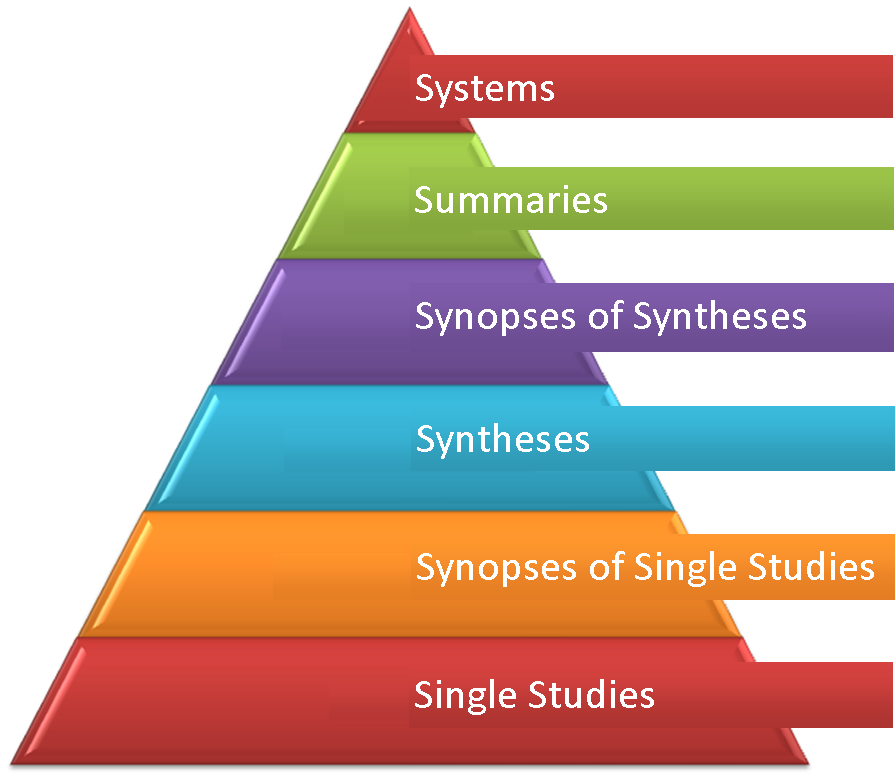
This is the second in a series of articles to illustrate how to critically think and reflect upon practice problems. (Read our introductory article here.) Future articles will explore how can you communicate your decision to your patient or other healthcare professionals.
Pharmacists are expected to regularly access and retrieve relevant information when making care decisions with their patients. In order to critically appraise information, or to determine its usefulness for your patient or practice scenario, you first need to be able to find it. Consider the following scenario:
- A pharmacist receives a prescription for mirabegron for their pediatric patient’s overactive bladder (OAB).
The critical appraisal process starts with asking the right questions and then finding good information to answer them. You might start with asking: Is this a valid indication for mirabegron? For a pediatric patient, what is the evidence to support the use of mirabegron for OAB? Your next step will be to identify the resources you should access and your critical evaluation of the usefulness of these sources. The usefulness of an information source is related to its relevance and validity, balanced against the work it takes to obtain the answer to your clinical question.[1] In other words, the most useful information is directly applicable to your patient, evidence based, and obtainable with a reasonable amount of time and effort.[2]
Critical appraisal skills often need to be applied at the point of care. Incorporating these skills into workflow is vital to caring for your patients. Summary resources are useful information sources in that they achieve this balance. These are reputable sources that summarize the literature and give you useful information based on evidence that you can apply in your practice.[3] Summary resources include evidence-based clinical practice guidelines, systematic reviews, and meta-analyses. The 6S Pyramid is a useful tool for visualizing where summary resources “fit” in relation to other information sources. Often, starting at the top of the pyramid provides the most useful resources when answering our clinical question.

The 6s pyramid[4]
Here are some examples of summary resources you may already be familiar with:
- Dynamed,
- UpToDate,
- ACFP Tools for Practice, and
- Cochrane Database of Systematic Reviews.
In the practice scenario outlined above, a summary resource the pharmacist might consider accessing includes RxTx.
In our next article, we will take a closer look at how to use summary resources and what to do when summary resources do not provide the most useful information for your patient.
[1] Shaughnessy AF, Slawson DC, Bennett JH. Becoming an information master: a guidebook to the medical information jungle. J Fam Pract. 1994;39(5):489-499.
[2] Slawson DC, Shaughnessy AF. Teaching evidence-based medicine: should we be teaching information management instead? Acad Med. 2005;80(7):685-689.
[3] White B. Making evidence-based medicine doable in everyday practice. Fam Pract Manag. 2004;11(2):51-58.
[4] https://hslmcmaster.libguides.com/c.php?g=306765&p=2044794 Accessed August 17, 2020.




